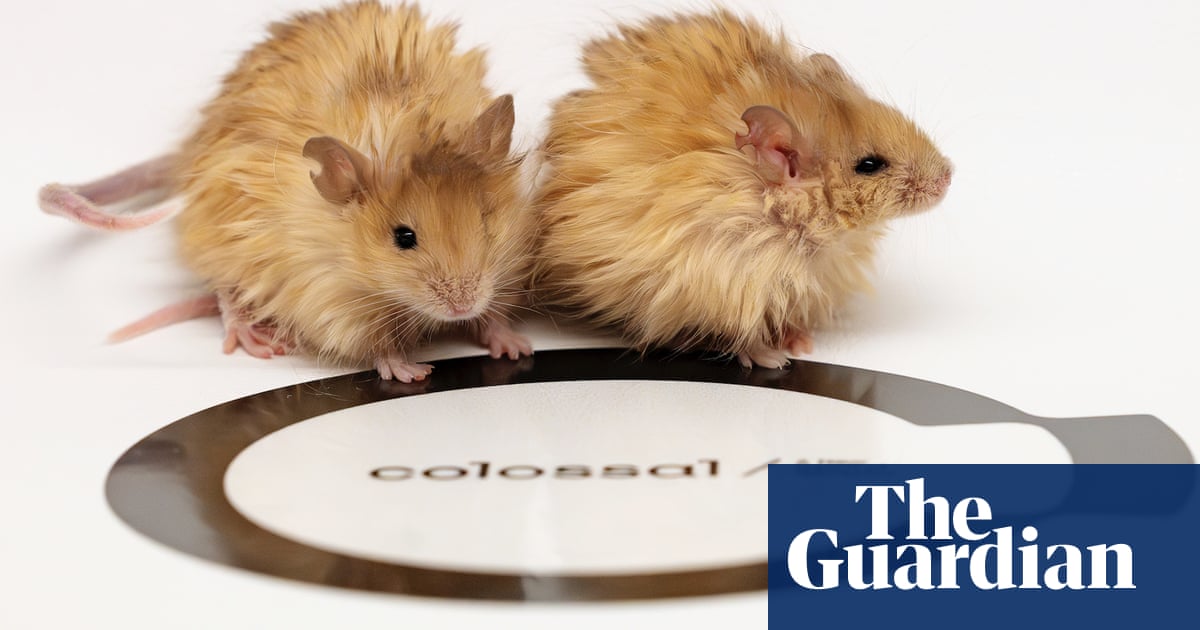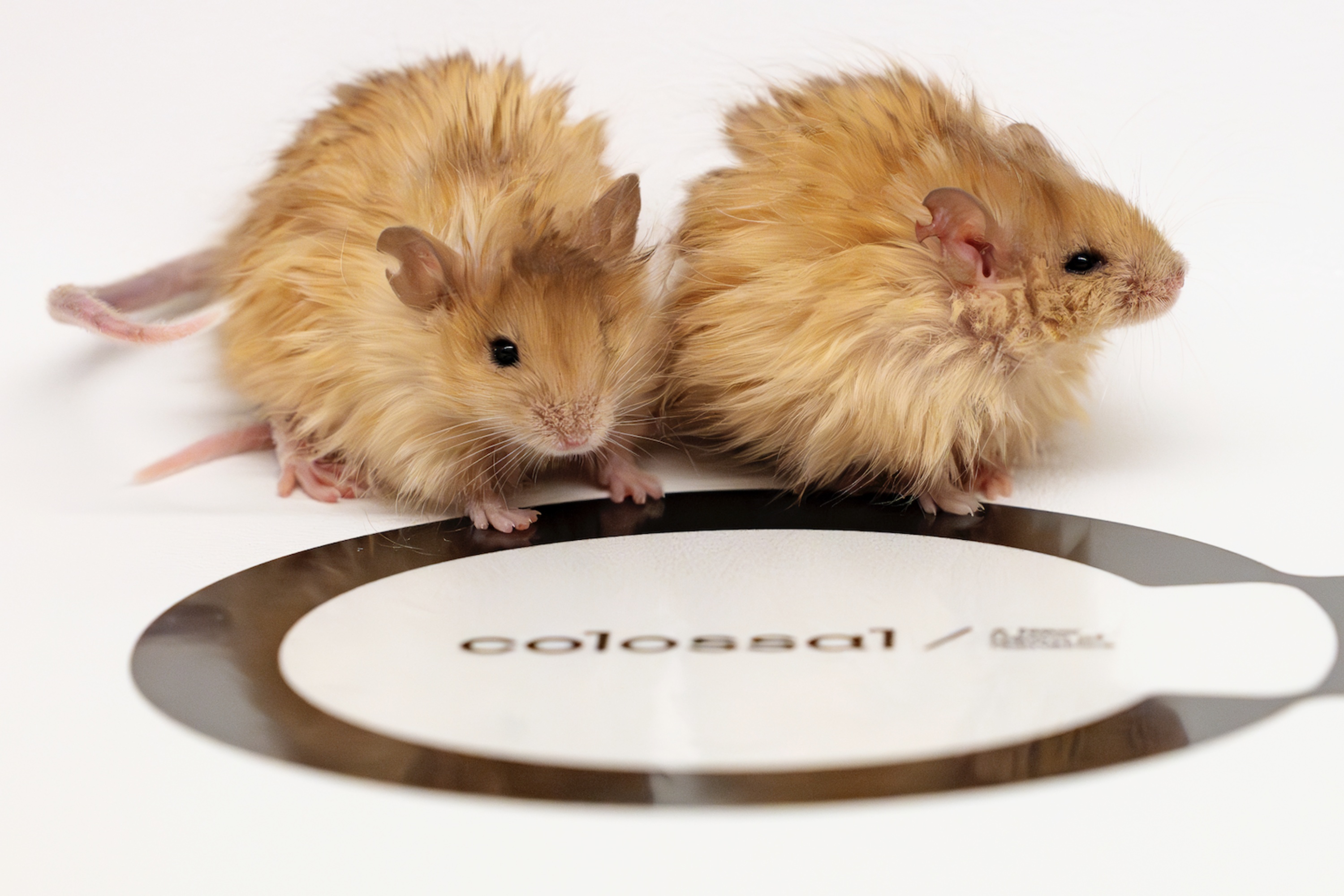Scientists Create Genetically Modified Woolly Mice as Step Toward Mammoth Revival
Colossal Biosciences genetically engineered mice to resemble woolly mammoths, aiming to study cold adaptation traits for future mammoth-like elephants.
Overview
Colossal Biosciences has developed genetically modified mice with woolly mammoth traits, showcasing advancements in gene editing technology. The project aims to engineer Asian elephants with similar adaptations, potentially aiding in climate control by maintaining Arctic ecosystems. However, skepticism surrounds the project's feasibility and ethical implications. Critics argue that creating mammoth-like elephants poses significant scientific challenges, raising concerns over reliable outcomes and animal welfare.
Content generated by AI—learn more or report issue.

Get both sides in 5 minutes with our daily newsletter.
Analysis
- Colossal Biosciences is developing genetically engineered mice with woolly mammoth-like traits as a step towards potentially resurrecting the species, which may help restore Arctic ecosystems and combat climate change.
- While the woolly mouse experiment showcases advancements in gene editing, experts express skepticism about the broader implications, arguing that simply altering an elephant's genetics won't truly bring back the mammoth species.
- Critics highlight the ethical concerns and scientific challenges associated with creating a hybrid elephant and question whether resources spent on this project could be better allocated to existing conservation efforts.
Articles (8)
Center (6)
FAQ
The mice were engineered to have thicker, longer, and wavier fur, as well as lighter-colored coats, similar to those of woolly mammoths. Additionally, they were modified to have genes related to fat metabolism for better cold tolerance.
Mice were chosen because they have a much shorter gestation period (20 days) compared to Asian elephants (22 months), allowing for quicker experimentation and validation of genetic modifications.
The introduction of mammoth-like elephants could potentially aid in maintaining Arctic ecosystems by spreading plant seeds, but there are concerns about the unpredictable ecological effects and whether such animals would truly benefit the environment.
Colossal Biosciences aims to create mammoth-like elephant embryos by next year, with the first calves potentially born in 2028. However, some experts believe this timeline may be overly optimistic.
History
- This story does not have any previous versions.






